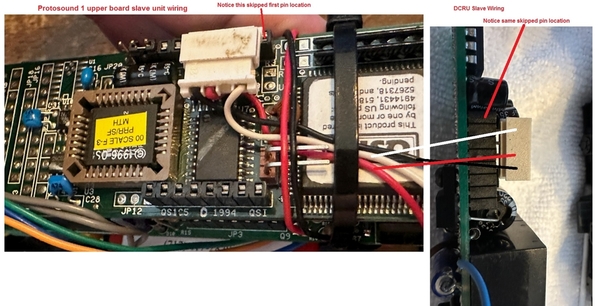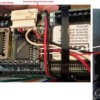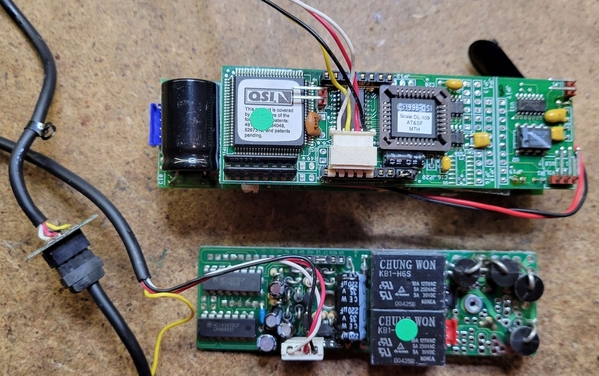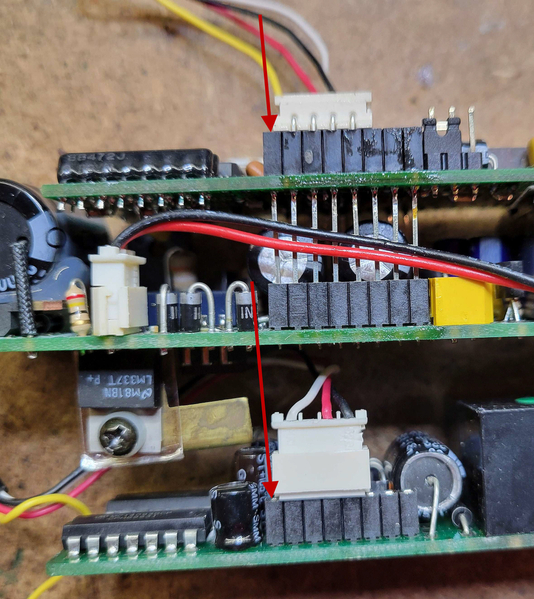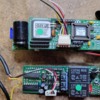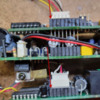There are not two slave units. There is only one slave DCRU which is in the powered B-unit & it is not connected to the DCRU in the powered A-unit. People were having problems because the powered B-unit was getting out of sync with the Powered A-unit. IICR MTH charged $35 to do the modification to sync these.
MTH did not offer the Santa Fe with two powered A-units. Their solution for more pulling power was to offer a powered B-unit the next year. The following generation of MTH F3s did have a powered A trailing unit, but I have no idea if this was synced to the powered A leading unit.
Somehow early in this thread it was presumed both Santa Fe A-units were powered but that is not the case. I updated my earlier posting which now shows the box end of the 20-2153 set which states it has a dummy A-unit.
The following is also from MTH & I forgot to post it. Previously I asked if the new harness would add 3 wires for a total of 7 wires. This makes it sound like the replacement harness still has 4 wires just like the original.
"The harness between A and B units contains only 4 wires. This harness connects the Original ProtoSound board to the DCRU board to make the DCRU operate as a slave to the Original ProtoSound board.
The other wires are found in the powered B unit and come from the pick-up rollers and go to the motors. These are unchanged.
The pictures and instructions show the Slave connections. This is not a detailed instructions on how to slave a powered B unit to a Lead A with Original ProtoSounds. With this information a factory trained ASC tech can create the proper connections between the Original ProtoSound board and the DCRU. There is also a reminder to cut the trace on the DCRU board."




